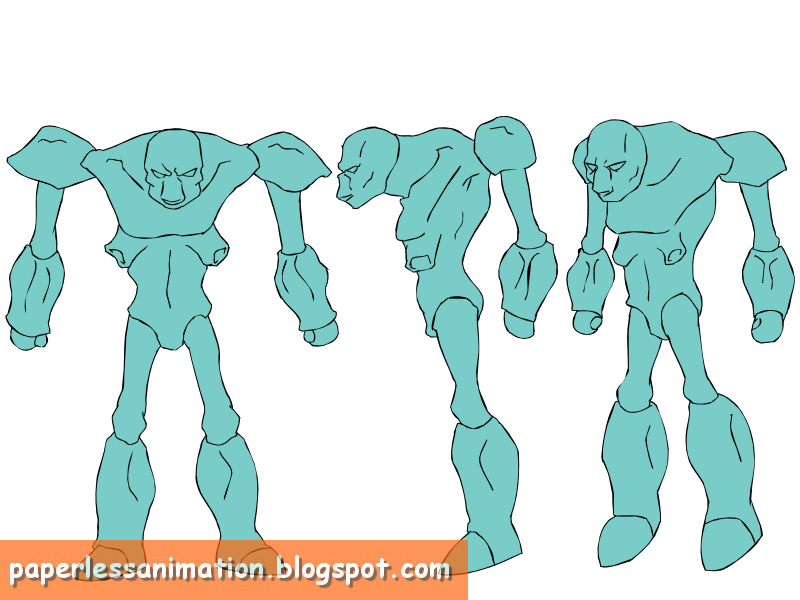

If you are clicking aournd that area in the viewport, Ae has no idea what you want to select – the pin? then null? the object? It all gets left to what is topmost on the list. You can easily see this if you are using the puppet pin tool that is connected to a null layer, which is pretty common for an Ae setup. It also forces you to make your selections from the layers list in the timeline, then move back up to the view to do your move. How many times have you attempted to animate something directly from the After Effects composition view and the wrong thing gets selected? For me this is constant.Īnimating Directly from the After Effects ViewerĪfter Effects keeps the layer strategy, even for the in-view selections and this can be not very intuitive at all. The second thing that struck me as something that I would like to see in Ae, is the fact that Andreas is not being careful about his clicks in the viewport window, or the ToonBoom stage. Simply clicking a chain will allow you to easily move your item round freely, in Andreas’ example, an arm and hand. The first and the most obvious is that it is a simple and easy to use system of rotating pivots and lines, much like the familiar joints or bones set up of 3D applications. There are two things that stand out about how ToonBoom Harmony handles rigging and deformation of 2d elements. Nulls in Ae can be difficult to find, select and move in the comp viewer. the issue is that it uses Ae’s nulls and strings together a few things that were never really meant for that type of work. If you have ever done character animation or deformation driven animation in After Effects, then watching how other applications’ approach might surprise you.Īfter Effects does have the Duik tools for rigging and setup of characters and animated elements – which is absolutely a fantastic thing. His latest video offers a look at bending an arm in ToonBoom Harmony.

Here’s a little tutorial on how to first set up an arm for bending and animating with bones.

Animator Andreas Paleologos has started a series of tutorials on animation entitled “animating for life” which will run a variety of topics, but are mostly about making professional 2D animation, in a small studio. In this series the wile-haired Andreas Paleologos will be going through animation techniques Toon Boom Harmony, Toon Boom Storyboard Pro, Final Cut Pro, Photoshop and Lightroom for software.


 0 kommentar(er)
0 kommentar(er)
